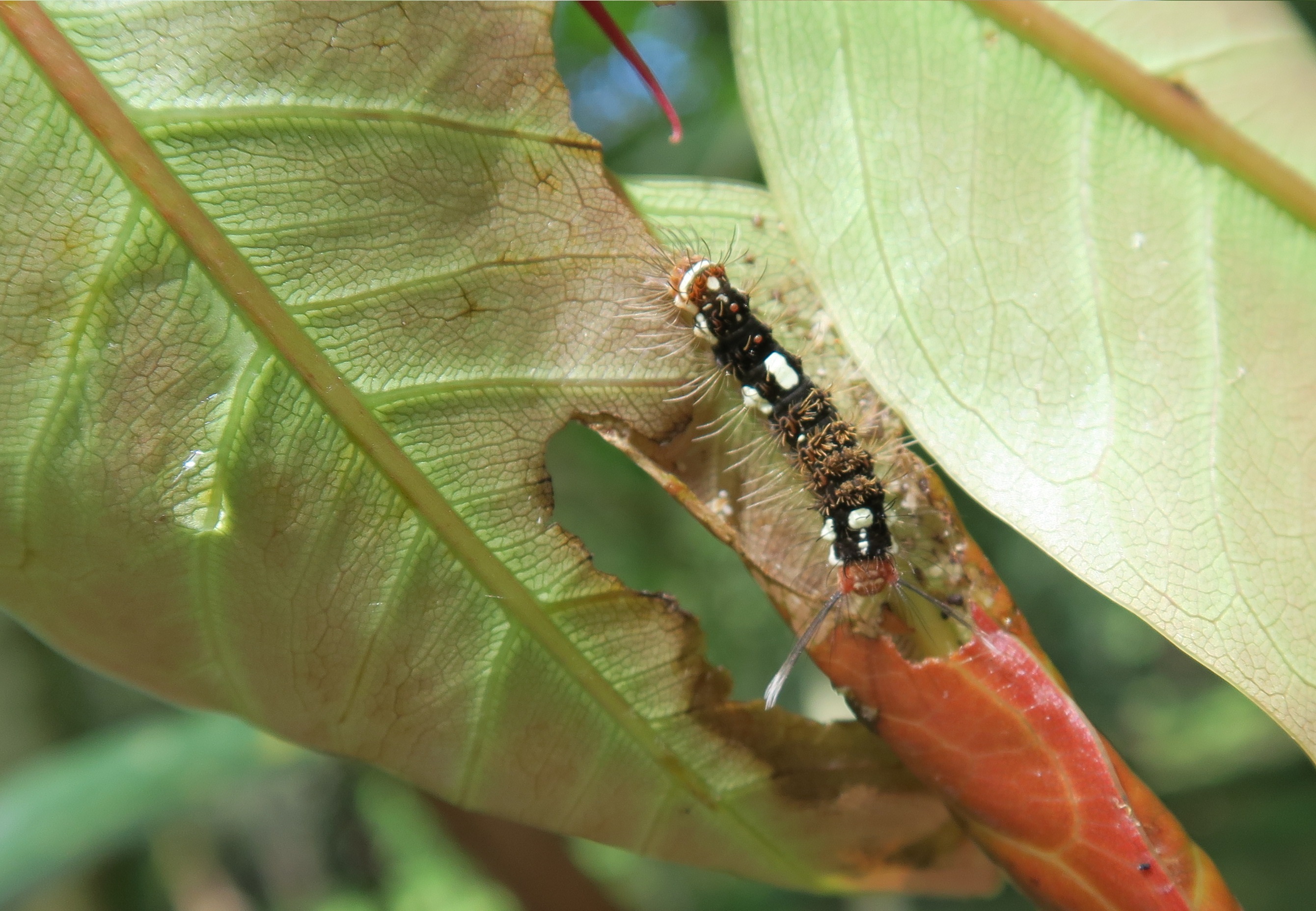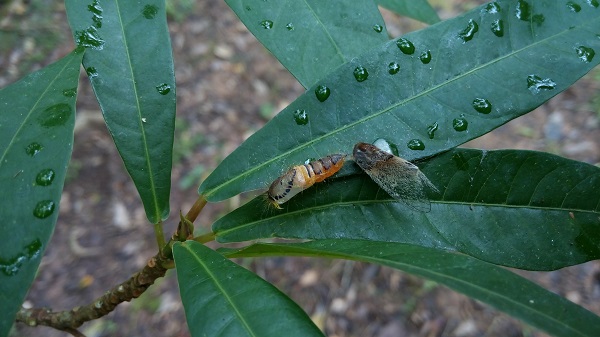Herbivores represent one of the main forces that exert selective pressure on plants. Plant defensive syndromes mean that association with specific ecological interactions can result in convergence on suites of covarying defensive traits.
Although the concept of ‘defense syndromes’ has been proposed as an evolutionary outcome of arms races between plants and their herbivores for decades, empirical evidence supporting the concept is rare.
In a study published in Ecological Monographs, researchers from Xishuangbanna Tropical Botanical Garden (XTBG) combine comparative phylogenetics, detailed plant trait data, insect herbivore data and field observations to investigate the macroevolution of leaf defenses and resistance to herbivory in fig plants (Ficus) in a common-garden setting.
The study focused on leaf defenses and susceptibility of figs to naturally occurring herbivores.
The researchers quantified susceptibility to insect herbivory and nine leaf traits related to resource acquisition and defense in 36 fig species growing in Ficus garden of XTBG, in dry and wet seasons over two years.
Using convex hull methods, they showed that only a small subset of all possible trait combinations occurred or were frequent, indicating strong inherent correlations among traits in Ficus. These syndromes grouped together fig species with different life forms.
Furthermore, they found that one suite of traits (latex tannin content and C/N) was a better predictor of resistance against herbivore insects than were individual leaf traits taken singly.
Epiphytic figs had nutrient-poor leaves that were tough and rich in tannins while free-standing trees tended to have leaves covered in trichomes and full of alkaloid-rich latex.
“Although latex tannin showed some disparity among late-divergent lineages, whereas C/N showed escalation in late-divergent clades, we suggest that this trait combination could have been driven by evolutionary arms races with herbivores,” said Dr. ZHAO Jin, first author of the study.
They also found strong phylogenetic signal in combination with escalation in defense-related traits, including latex tannin and C/N, suggestive of selection rather than drift. Other traits, in contrast, appeared to have more limited phylogenetic signal or tended to de-escalate.
“The study therefore suggests that an evolutionary arms race can drive the evolution of defensive syndromes in this tropical genus,” said Prof. CHEN Jin, principal investigator of the study.
Contact
CHEN Jin Ph.D Principal Investigator
Key Laboratory of Tropical Forest Ecology, Xishuangbanna Tropical Botanical Garden, Chinese Academy of Sciences, Mengla, Yunnan 666303, China
E-mail: cj@xtbg.org.cn

Insect herbivore on fig leaves. (image by ZHAO Jin)

Insect herbivores on fig leaves. (image by ZHAO Jin)


